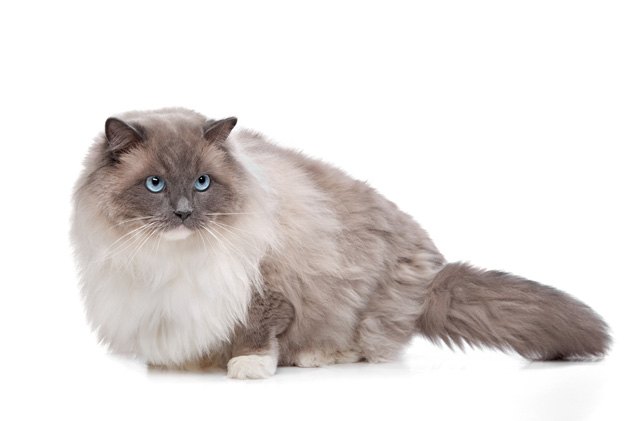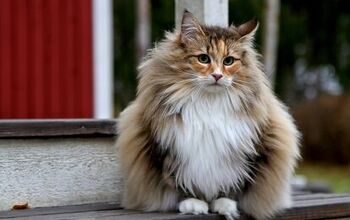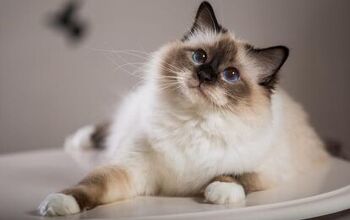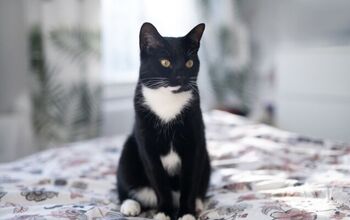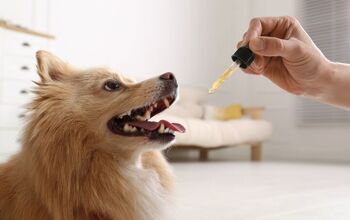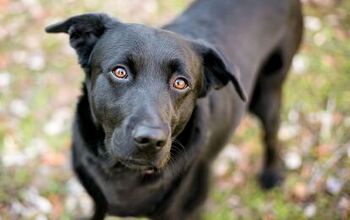Ragdoll


About Ragdoll
In the 1960s, a rescued long haired cat named Josephine gave birth to two litters of kittens that were distinctive for their high degree of friendliness. Josephine was likely a Persian/Angora mix, and the fathers of her litters were either Birman or Burmese males, one of which had Siamese colorpoint markings. Established cat breeder Ann Baker bought some of the kittens and set out to create a docile breed, which she trademarked as the Ragdoll. Interestingly, Baker was convinced the cats had been the subject of secret government experiments at the University of California where Josephine recovered after having been injured in a car accident. She thought their docility was a result of those experiments. Whether or not there is truth to this claim, remains unknown. Nevertheless, the docile character of the ragdoll cats is certainly one of their defining aspects. Baker circumvented the normal avenues for breed development, and founded the International Ragdoll Association to enforce especially strict breeding standards. It was not until 1975 that the Ragdoll breed went mainstream and were accepted by the Cat Fancier’s Association and other registries. Nevertheless, it was clear from the first moment that Ann Baker managed to put forward a new and superb cat breed that had an overwhelming majority of positive and loveable character traits. And that’s what makes them truly special.
Ragdolls are happy, docile cats that tend to go limp when picked up.
Ragdolls cats make wonderful pets! Amongst the largest cat breeds out there, ragdolls are in many ways the ideal example of a pet cat. Docile, friendly, goofy, and super affectionate they tend to quickly become a loving part of the family. Soft and cuddly, the fuzzy kitties are almost never grumpy. They also love to be handled, which gives them their Ragdoll nickname – they tend to go totally limp and relaxed when you pick them up. Besides all this, ragdoll cats are super elegant, soft, and overall beautiful – through and trough.
They are not, as some myths suggest, resistant to pain, but they are one of the most relaxed of all cat breeds. Because of their extremely trusting and non-combative nature, Ragdolls don’t always know what’s safe or good for them. They must be strictly indoor cats for their own protection. Obviously they are gentle, affectionate, and intelligent cats, if not possessed with particularly good judgement. They are, however, very lovable, and incredibly easy to handle. They are often nicknamed the “puppy cats”, due to their friendliness and the tendency to follow people around. They are also inquisitive (as are all cats!), and quite agile and energetic. Their size is also a recognizable feature of the breed – if you like elegant, robust, and powerful looking cats, Ragdoll won’t disappoint. They are among the largest cat breeds and much loved and popular around the world precisely because of their impressive size.
Ragdolls are one of the biggest of all domestic cats. They are sturdy, with large frames and well proportioned legs. In addition to the distinctive point coloration, they always have blue eyes. For show cats, the more intense the eye color the better. Interestingly, they shed less than might be suspected because they do not have a thick undercoat. Most of their long hair is encompassed by long, outer guard hairs. Mitted Ragdolls with white feet and white chins were first allowed in the 2008-2009 show season. They are often confused with Birmans, but the latter have colored chins. When weight is considered, Ragdolls can grow up to weigh from between 12 to 20 pounds (5.4 to 9.1 kg) for males, and between 8 and 15 pounds (3.6 to 6.8 kg) for females. This makes them quite the robust breed, and that might require a little bit of extra attention when diet is considered. Now, even though these cats can have a hefty appetite, they are still quite energetic and sprightly – those calories will be quickly burned and turned into fuel for their athletic build.
In addition to their strong build, Ragdols have a moderately shorter lifespan than some other cat breeds out there- they can live from 12 to 15 years on average. As a breed, the Ragdoll can have a higher frequency of health issues related with the urinary tract and the kidneys, so that’s one thing to keep an eye out for. To that end, you should always make sure that your cat has fresh water from a reliable source, in order to ensure proper working of the kidneys.
There are six accepted colors for Ragdolls: seal, chocolate, flame, blue, lilac, and cream. Every Ragdoll kitten is born white, and begin to exhibit their coat color within 8-10 weeks. Full coloration is not finalized until 2-4 years. The four accepted patterns are Pointed, Mitted, Bicolor, and Lynx. Either way, these colors are one of the biggest aspects of a Ragdoll’s unmistakable charm and beauty. Smooth and soft tones and color combinations are a true eye pleaser – the elegance and grace of a Ragdoll is a truly feline charisma that is hard to pass by.
The soft, “rabbit like” fur of the Ragdoll is surprisingly impervious to matting. Shedding and the corollary problem of hairballs are easily mitigated by regular combing and brushing, which the Ragdolls love. This is even more important during the spring, when shedding naturally increases as the cats lose their winter coats. Wide-toothed steel combs work well and should be used daily. Depending on the amount of loose, dead hair present, bathing may also be required monthly. Some Ragdolls also experience eye “goop,” which should be cleaned gently away to avoid staining in the corner of the eyes.
Photo credit: Erik Lam/Shutterstock

Amy Tokic, Editor of PetGuide.com, is a passionate animal lover and proud pet parent of Oscar, a Shih Tzu/Chihuahua cross, and Zed, a Japanese Chin. Her love of animals began in kindergarten, when she brought her stuffed dog Snoopy into class with her every day. Now, she writes about her adventures in pet ownership and tirelessly researches products, news and health related issues she can share with other animal enthusiasts. In her free time, Amy loves perusing used book and record stores, obsessing over the latest pet products available and chasing squirrels with wild abandon (a habit attributed to spending too much time with her pooches).
More by Amy Tokic



